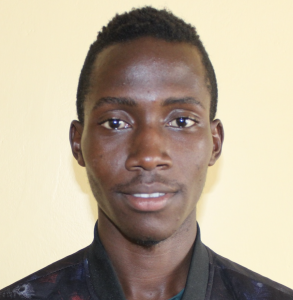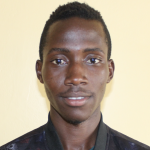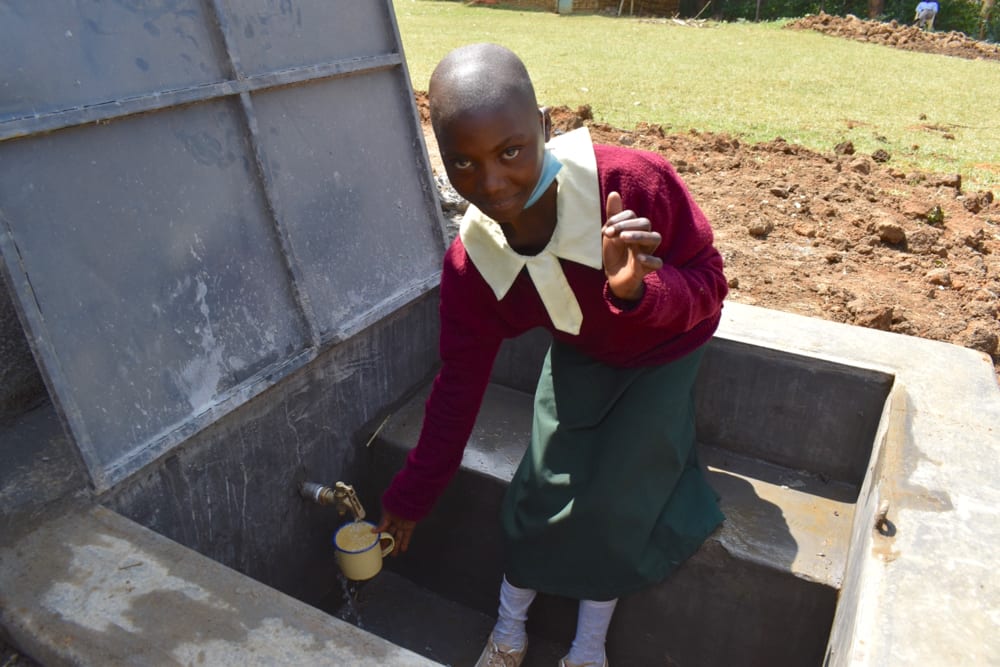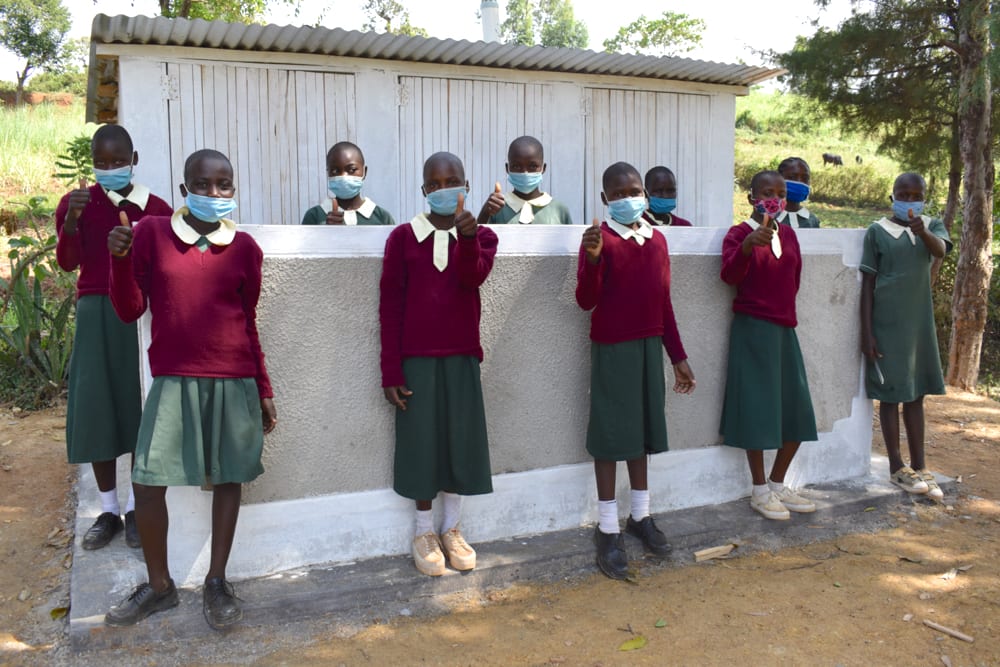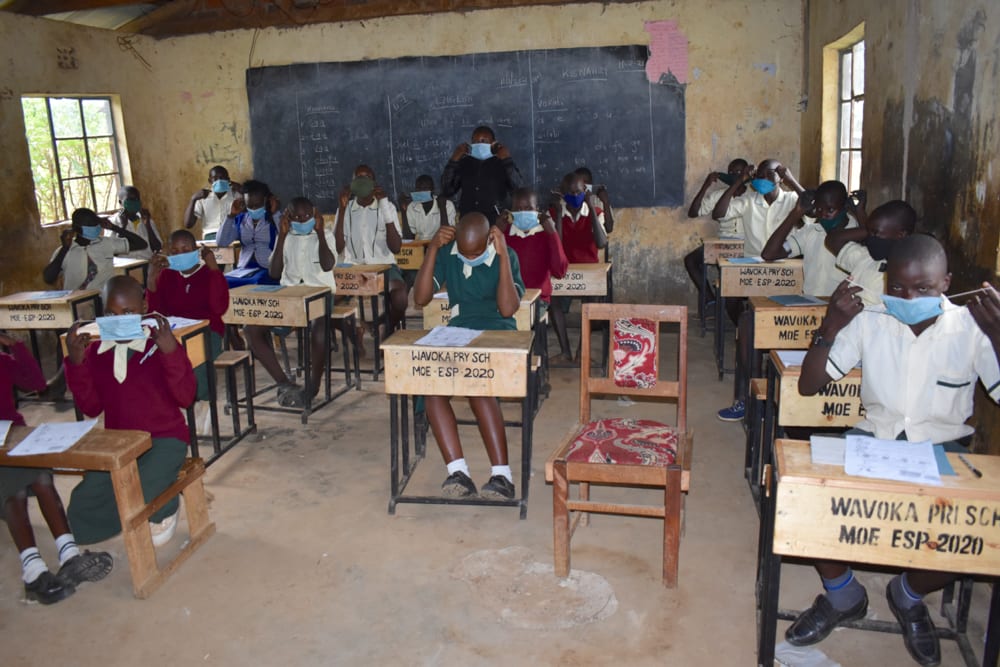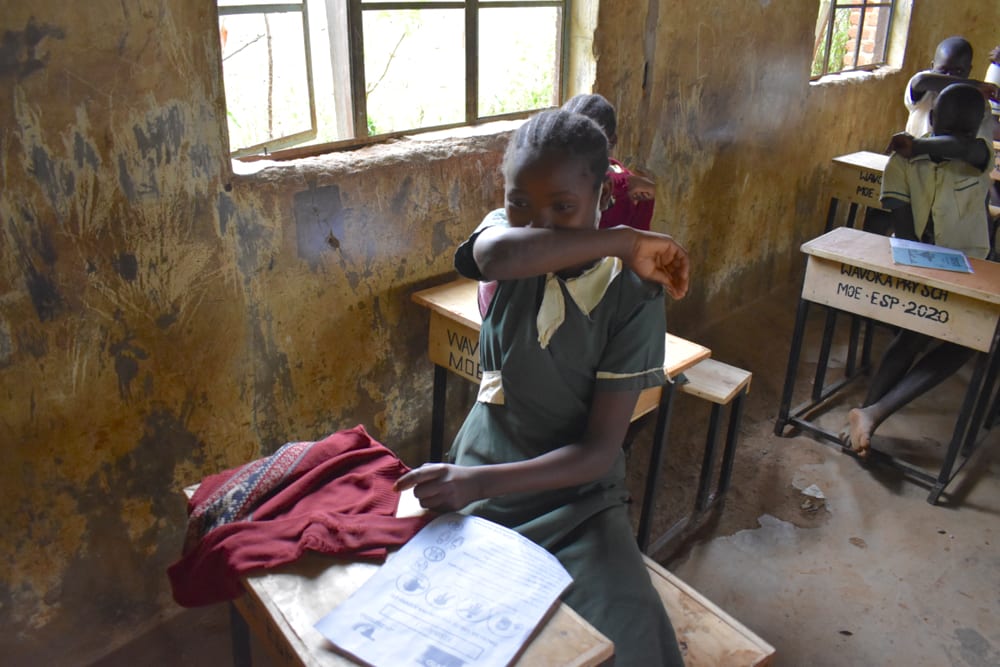"I do not like going to fetch water from the stream. It is very dirty, there are insects there, the grasses also hide mosquitoes, and sometimes we do not even finish our classes," said student Valentine.
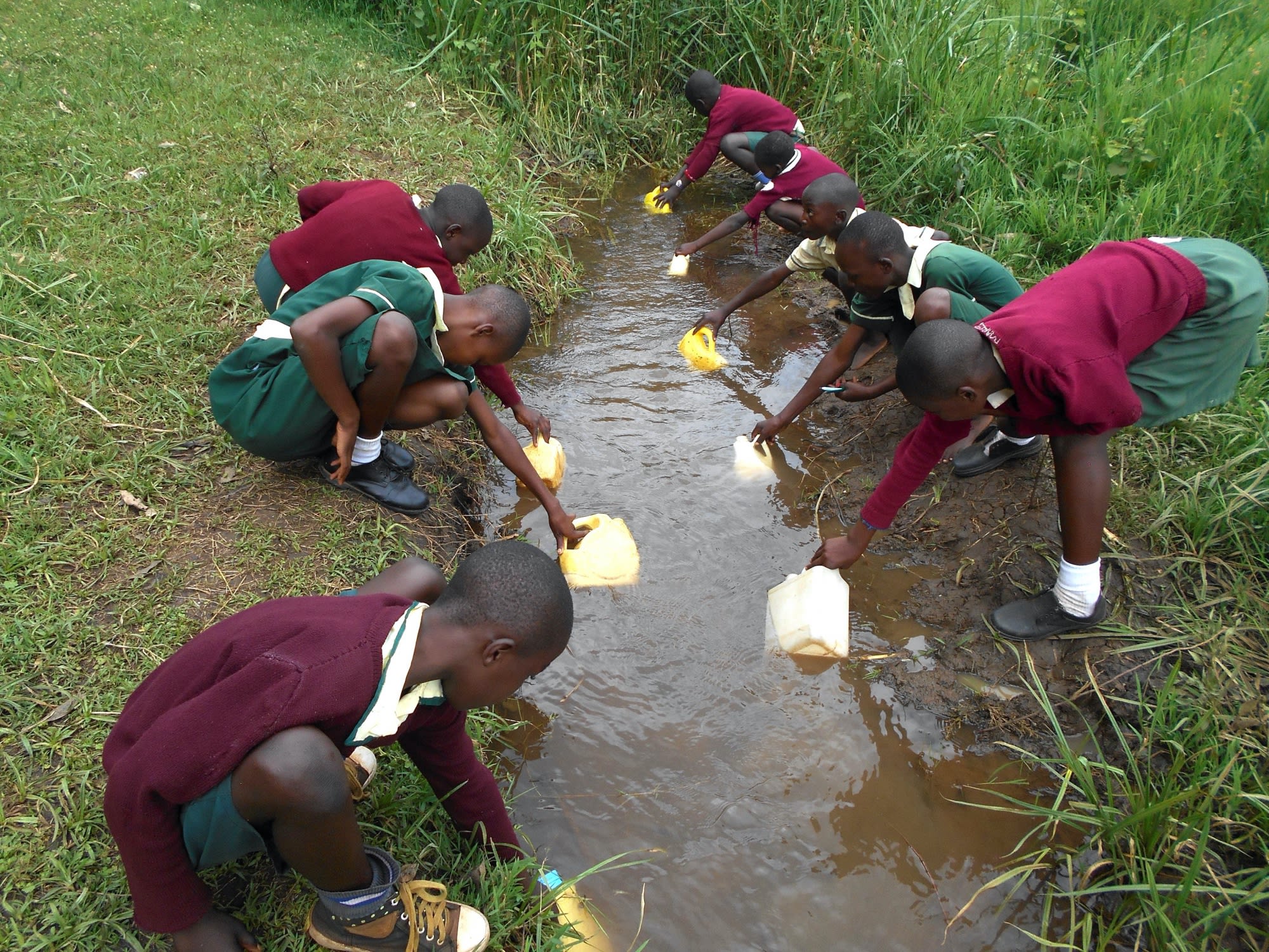
Valentine is 1 of 448 students who attend Wavoka Primary School, where every day they must go to the dirty stream Valentine describes to fetch water because there is no other source of water on campus. Students are also asked to bring water from home on their way to school each morning. Whenever the water runs out during the school day, students are sent back out to the stream and their home water sources.
Water from either source is not safe for consumption. The water in the stream runs through various farms and has high levels of sand and mud in it. Animals walk through the water, community members do their laundry in it, and the presence of insects running through it makes it quite nasty. Known pollutants in the stream include animal waste, human waste, and farm chemicals, to name a few.
Water collected from home comes from various sources that the 11 school staff are not able to monitor for quality. Even for those sources that may be giving clean water, students' containers used to fetch it are visibly dirty, lack caps, and some of them give off a distinct and unpleasant smell. Students also use the same containers whether fetching water from home or the stream. The containers then infect what may have been clean water, and because the water is combined for use at school, even one contaminated source or container means everyone suffers.
Water collected from home is stored centrally and sometimes boiled at school, but not always. Water from the stream is only used for cleaning but sometimes makes its way to the central container for drinking anyway. This is not water that should be subjected to the human digestive system.
"When I joined this school early this year, I did not know that there was a different location for drinking water which was boiled from the kitchen. I just took a sip of water from one of the containers in the school and that was a turning point for me. I had to take a 2-week break as a result of amoebic dysentery I contracted from it, and I have never touched that water again," said Head Teacher Sir Moses Madzanza.
A number of students have experienced major stomach upsets as well, which have scared their parents. A number have also had typhoid which made the situation even worse as the parents had to pull them out of school to save their school fees just so they could secure money for their medical bills. With the mention of sickness, finances are always involved and as such the financial status of the parents has taken a beating as a result of their children consuming dirty water. When students or teachers miss school because of waterborne diseases, the lost class time is reflected in students' poor performance.
Wavoka Primary School was established in 1996 under the sponsorship of the community. The parents' push for its establishment was due to the increasing number of accidents their children were involved in while crossing the busy Malava-Kabrengu highway as they covered long distances to other schools. Wavoka Primary was built to counter these incidents, and later the International Pentecostal Holiness Church stepped in as a sponsor. This community has always been motivated and dedicated to improving their children's education in whatever way they can, but they have reached stagnation in trying to help solve their water crisis. We plan to help get this goal - and the water - flowing.
What We Can Do:
Rain Tank
A 75,000-liter rainwater catchment tank will help alleviate the water crisis at this school. The school will help collect the needed construction materials such as sand, bricks, rocks, and water for mixing cement. We will complement their materials by providing an expert team of artisans, tools, hardware, and the guttering system. Once finished, this tank will begin catching rainfall that will be used by the school’s students and staff for drinking, handwashing, cooking, cleaning, and much more.
We and the school strongly believe that all of these components will work together to improve standards at this school, which will help lead to better student academic performance and will help to unlock the potential for these students to live better, healthier lives.
Handwashing Stations
There are a few handwashing stations around the school's compound, but they do not have water and are not in use most of the time.
The student health club will oversee the 2 new handwashing stations we will provide, and make sure they are kept clean and in working condition. The club leaders will fill the handwashing stations with water daily and make sure they are always supplied with a cleaning agent such as soap or ash.
VIP Latrines
The latrines already in use at Wavoka Primary are characterized by their falling-off doors, strong stench, and rusty roofs. They are quite old and few compared to the student population.
We will construct 2 triple-door latrine blocks using local materials that the school will help gather. 3 doors will serve the girls while the other 3 will serve the boys. All of these new latrines will have cement floors that are designed to be easy to use and to clean. And with a rain tank right on school property, there should be enough water to keep them clean.
Training on Health, Hygiene, COVID-19, and More
We will hold a 1-day intensive training session with students, teachers, and parents. This training will cover a wide range of topics including COVID-19 symptoms, transmission routes, and prevention; personal and environmental hygiene; and the operation and maintenance of the rain tank, latrines, and handwashing stations. There will be a special emphasis on handwashing.
Our team of facilitators will use a variety of methods to train, including participatory hygiene and sanitation transformation, and asset-based community development. We will initiate a student health club, which will prepare students to lead other pupils into healthy habits at school and at home. We will also lead lectures, group discussions, and provide illustrative handouts to teach health topics and ways to promote good hygiene practices within the school including handwashing and water treatment. We will then conduct a series of follow-up trainings before transitioning to our regularly scheduled support visits throughout the year.

 Rainwater Catchment
Rainwater Catchment
 Rehabilitation Project
Rehabilitation Project












